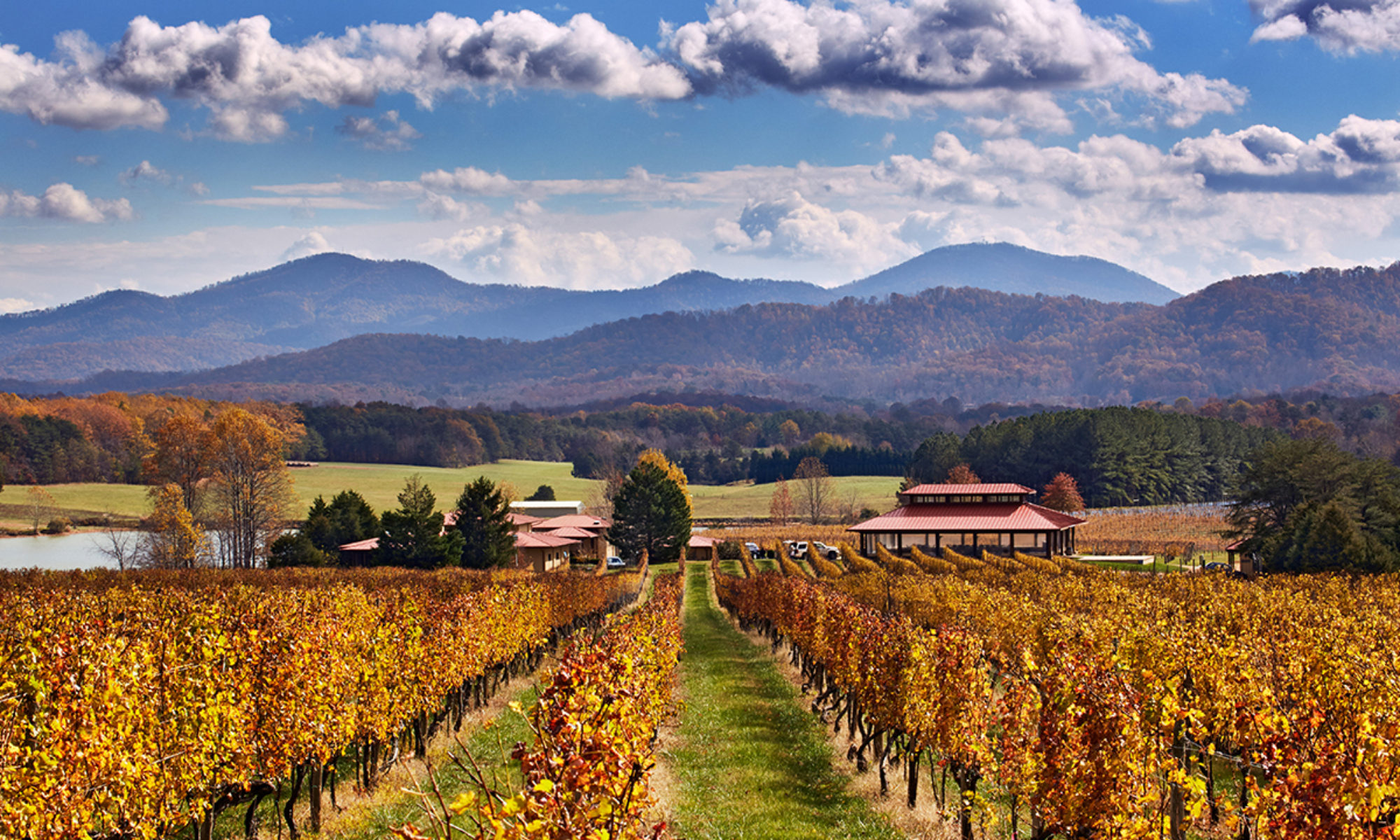Located in Dutton, on the border of Gloucester and Matthews counties and along route 198 in Tidewater Virginia. The 16-acre property is a unique Farm to Table winery, created by Frank Zoll, a pastry chef who self-taught himself winemaking. Zoll moved here from the Boston area in 2017 and planted the vineyards at the time, opening the winery’s doors in late 2019.
Wine. Tier II. The property grows a wide range of grape varieties including Petit Verdot, Cabernet Franc, Merlot, Sangiovese, Barbera, Sauvignon Blanc, Pinot Gris, Traminette, and Chardonel. The focus is on relaxing wines that pair with Chef Zoll’s various food and pastry creations. Prices are low for Virginia wines. Along with wine, sangria, hard cider and mead are also available.
Setting. The focus here is inside, rather than on expansive views. The paired food and wine menus are extensive and varied, and the main attraction of the property. The winery offers a small tasting room in an old school building, a large dog friendly patio, a private event space, a playground for kids, and trails or dog-walking.
Stories: Fort Nonsense. Such a wonderful name for a military installation, Fort Nonsense has been used in more than one state – one Fort Nonsense being located in New Jersey, the other in Matthews County, Virginia, five miles from Zoll Vineyards. This confederate battery has been preserved (not restored), is now owned by the Matthews County Historical Society, and was opened to visitors in 2014. It now features walking trails, vistas, and historical placards. Fort Nonsense was never a scene of battles, but is an example of installations built during the early phase of the Civil War to protect the Confederacy’s capital at Richmond from attacks coming from the Chesapeake Bay. The fort also served to protect the local salt industry, which was historically significant and produced an important commodity during the Civil War. The installation was originally named North End Mill fortification. During the war, as fighting ebbed and flowed, most Union advances in the area actually came from the west, rather from the Chesapeake. This meant that the defenses faced the wrong way, and locals began to refer to the installation as “a load of nonsense,” which henceforth became the de-facto name of the Fort.
